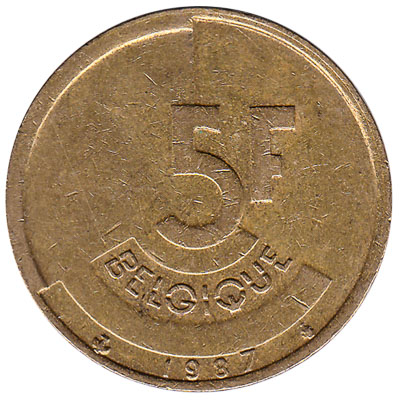
#OLD COINS WORTH MONEY BELGIE PLUS#
Yes: order online at the airport and you can earn Iberia Plus Avios or Air Europa SUMA Miles.Country: Belgium Series: 1999~2013 - 6th King Albert II (Euro) - Circulation Catalog codes: World Coins km230 Variants: Click to see variants Themes: C.E.P.T. You must visit your bank at least twice, and wait meanwhile for your money to arrive. On your door, in just 48 to 72 hours (free delivery for orders over €300) or collect it yourself at the airport, on your journey. Prepare for refusals and complaints in foreign languages when paying with «big» banknotes Of course! We care about you and your needs while you travel abroad. The bank has its own margin and adds a commission.Ĭurrency divided in different denominations. The margin of Globalexchange.es is lower than that offered at the airport. This is a peripheral service for them and they always try to give you dollars.Īlways ready, immediately, in our branches at the airport.īanks order currency and have to await delivery. In 1945 Switzerland joined the Bretton Woods Agreements and fixed the franc to the dollar in an exchange rate of 4.30221 CHF per dollar. The currency devaluated a 30% after the devaluations of sterling pound, the United States dollar and the French franc. During the decade of 1920 the Union started to disappear and agreements ended officially in 1927, but the Swiss franc kept the same exchange rate until 1936, when it suffered its only devaluation on the 27th September during the Great Depression. In 1865 France, Belgium, Italy and Switzerland created the Latin Monetary Unit, where they agreed to fix their national currencies based on 4.50 grams of silver or 0.290322 grams of gold. The Swiss franc was entered into circulation at the same time that the French franc. Two years later, the first monetary federal law followed, approved by the Federal Assembly on the 7th May 1850, which introduced the franc as monetary unit in Switzerland. The new Federal Constitution in Switzerland in 1848 specified that the Federal Government would be the only entity authorised to issue money in the country.

Also, some private banks started to issue the first banknotes, so they ended up with around 8,000 different coins and banknotes circulating at the same time, which made the monetary system pretty complex. This franc was issued until the end of the Helvetic Republic in 1803, but it was used as a model for the currencies of many cantons in the reformed Swiss Confederation.Įven though around 22 cantons and semi-cantons issued their own currency between 18, less than 15% of the money in circulation in Switzerland in 1850 was produced locally, being the rest of it foreign currency, mainly from the money that mercenaries brought back home. The Swiss franc equalled to 6 grams and three quarters of pure silver or 1.5 Fr.

In 1798 the Helvetic Republic introduced a new monetary system based on the thalers from Berna, divided into 10 batzen or 100 rappen. Some of these currencies were thalers from Bern, Zurich, Basel and Geneva or the florin of Fribourg, among others. Prior to 1798, around 75 entities minted coins in Switzerland, resulting in 860 different types of currencies in circulation, with different values, denominations and monetary systems. Also, this is also the currency of Lichtenstein. The franc is the official currency of Switzerland, subdivided into 100 cents (“rappen” in Swiss-German).


 0 kommentar(er)
0 kommentar(er)
